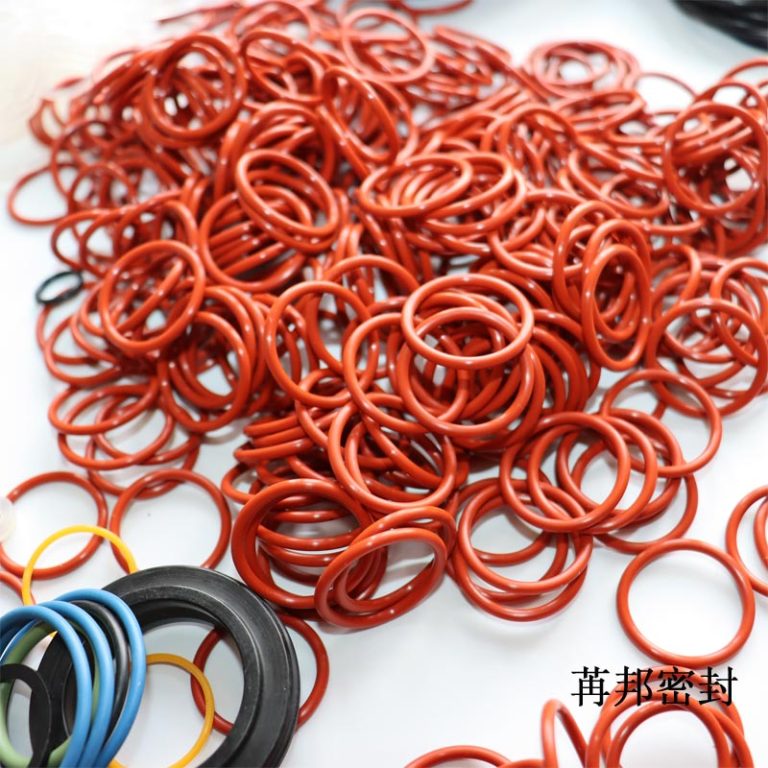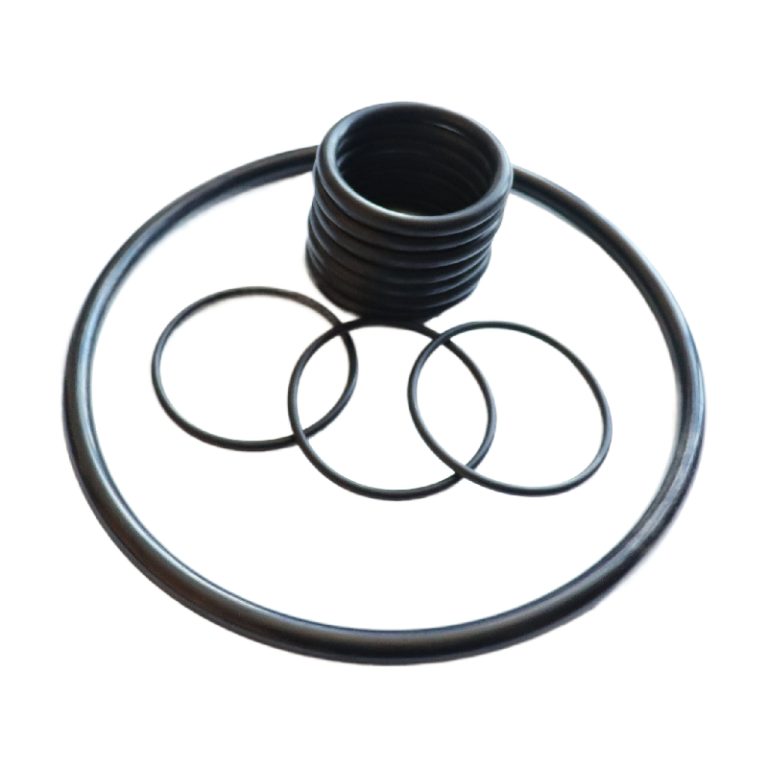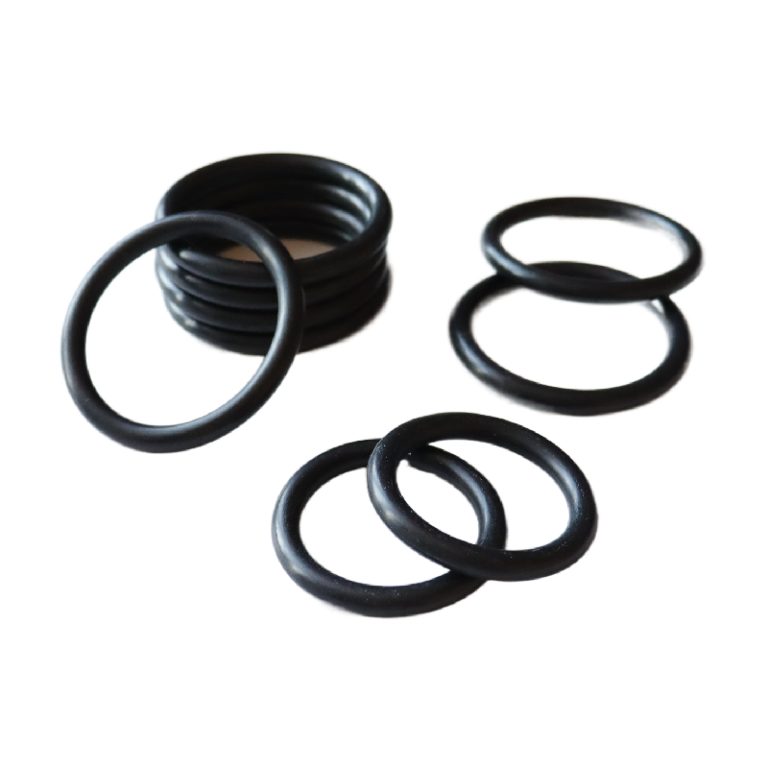o-ring compression and tension amount
O-ring is a typical extruded seal, O-ring cross-section diameter of the compression rate and the amount of tension is the main content of the seal design, sealing performance and service life is of great significance. o-ring has a good sealing effect depends largely on the size of the o-ring with the groove size of the correct match, the formation of a reasonable amount of sealing compression and tension.

2.1 Compression rate
Compression rate W is usually expressed by the following formula:
W = (d0 - h) / d0 × 100%Where d0—–O-ring in the free state of the cross-section diameter (mm).
h------O-ring groove bottom and the distance of the sealed surface (groove depth), that is, the O-ring compression cross-section height (mm)When selecting the compression rate of O-ring, it should be considered from the following 3 aspects:
1. There should be enough sealing contact area;
2. Friction as small as possible;
3. Try to avoid permanent deformation.
From these factors is not difficult to find, they contradict each other. Large compression rate can obtain large contact pressure, but too large a compression rate will undoubtedly increase the sliding friction and permanent shape. And the compression rate is too small may be due to sealing groove coaxiality error and O-ring error does not meet the requirements, the disappearance of part of the compression and cause leakage. Therefore, in the selection of O-ring compression rate, to weigh the various factors. General static seal compression rate is greater than the dynamic seal, but its extreme value should be less than 25%, otherwise the compression stress is significantly relaxed, will produce excessive permanent deformation, especially serious in high temperature conditions.
O-ring compression rate W selection should consider the conditions of use, static seal or dynamic seal; static seal can be divided into radial seal and axial seal; radial seal (or cylindrical static seal) leakage gap is radial gap, axial seal (or plane static seal) leakage gap is axial gap. Axial seal according to the pressure medium acting on the inner diameter of the O-ring or the outer diameter and sub-pressure and by the external pressure of the two cases, the internal pressure to increase the stretch, the external pressure to reduce the initial stretching of the O-ring. The above different forms of static seals, sealing medium on the O-ring direction of action is different, so the pre-pressure design is also different. For the dynamic seal to distinguish between reciprocating motion seal or rotary motion seal.
1. static seal: cylindrical static sealing device and reciprocating motion sealing device, generally take W = 10% to 15%; plane static sealing device take W = 15% to 30%.
2. For dynamic seals, can be divided into three cases; reciprocating motion generally take W = 10% to 15%. Rotary motion seal in the selection of compression rate must be considered Joule heat effect, in general, rotary motion with O-ring inner diameter than the shaft diameter of 3% -5%, the outer diameter of the compression rate W = 3% -8%. Low friction movement with O-rings, in order to reduce frictional resistance, are generally selected smaller compression rate, that is, W = 5% -8%, in addition, but also to take into account the medium and temperature caused by the expansion of the rubber material. Usually in addition to the given compression deformation, the maximum permissible expansion rate of 15%, more than this range of material selection is not appropriate, should be changed to other materials O-ring, or the given compression deformation rate to be corrected.



